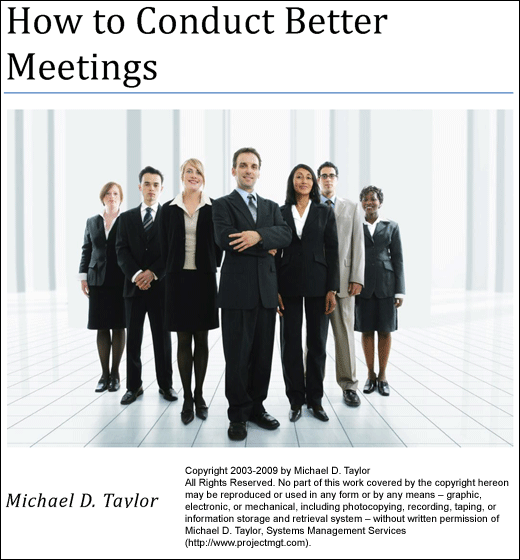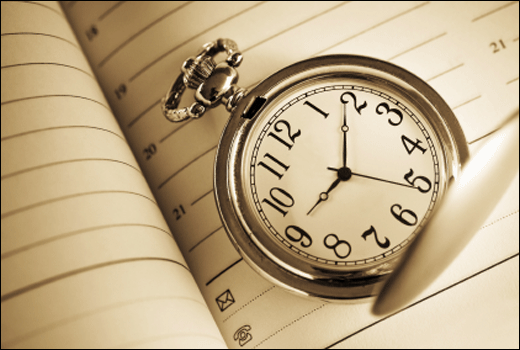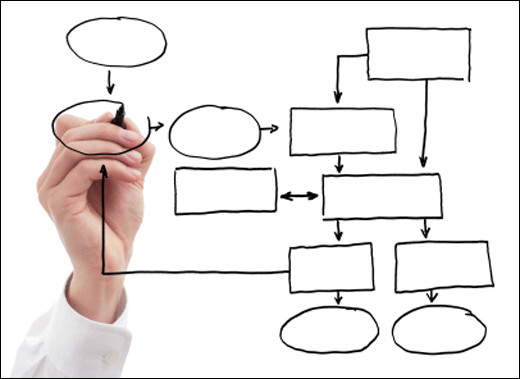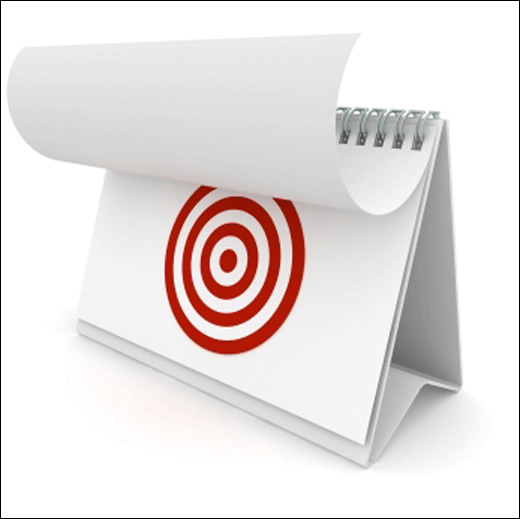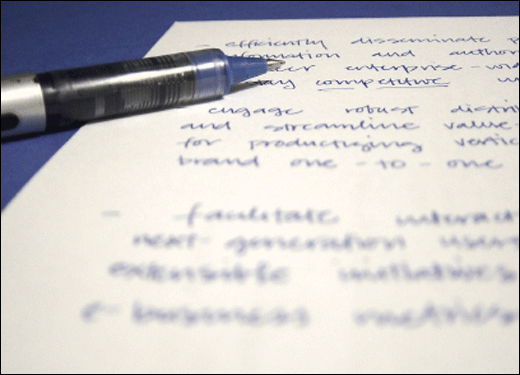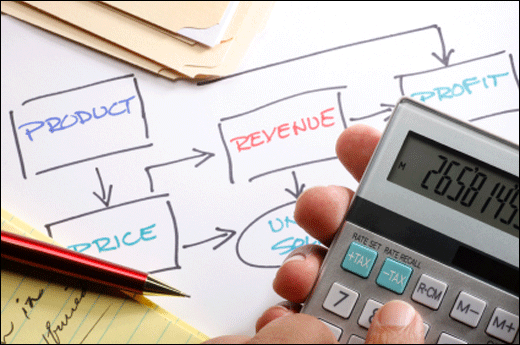
Download a complete toolkit from our partners at Systems Management Services to help evaluate and improve your project meetings.
Surveys have indicated that a typical meeting attendee views them as being 2.3 times as long as they should be. Since meetings are vital to a project’s success, the secret lies in simply making them more efficient. Here are ten ways to conduct better meetings.
This slideshow presents 10 great tips on getting more from your meetings from our partner, project management expert Michael D. Taylor at Systems Management Services. In our Knowledge Network you can download a full package of meeting-related resources from Systems Management Services, including a valuable meeting evaluation form that will help quantify ways to improve your next meeting.
Click through for 10 great tips on conducting a better project meeting.
By informing attendees just before they are not only less likely to forget it but they will also come with any material or information needed to support the discussion topics.
Invite only those who are truly needed. As the number of participants goes up so does the tendency to get bogged down. Often, those who are not needed will show up to obtain any information resulting from the meeting.
As a rule, every meeting should have an agenda that has at least three points; the topics, the time allocated for each topic, and the ‘talker,’ the one who is taking the lead for a given topic.
Meeting leaders should not assume that everyone automatically understands the meeting purpose and the desired outcomes. By stating them clearly at the beginning, it will get the meeting started quickly and keep it on track.
Meetings can often get off balance when a few attendees do all the talking and dominate the discussions. The meeting leader should attempt to involve each member to ensure that group synergy occurs.
The adage, ‘a picture is worth a thousand words’ is no truer than in meetings. They can reduce meeting durations by as much 28%. Whenever practical, encourage participants to use diagrams, pictures and graphics instead of handing out pages full of text.
There may be times when an important topic, which is not on the agenda, will come up. Rather than divert the focus of the meeting, it may be better to list (park) the topics for another meeting.
Many times meeting discussions are very interactive but if the results are not translated into action items may fail to be productive. Almost every meeting should conclude with a) a description of actions to be taken, b) who has accepted the action, and c) when the action item is to be completed.
Taking a few minutes to document a meeting can go a long way. By summarizing a) who attended, b) main topics discussed, c) conclusions reached, and d) actions to be taken, information will be easily recorded and disseminated. Meeting summaries should be kept to one page containing ‘bullet-type’ statements.
When project meetings begin being held many meetings will often be the most ineffective due to new participants, circumstances, unfamiliarity with roles, etc. By periodically measuring a meeting’s effectiveness, they can often be brought to a higher level of efficiency.


